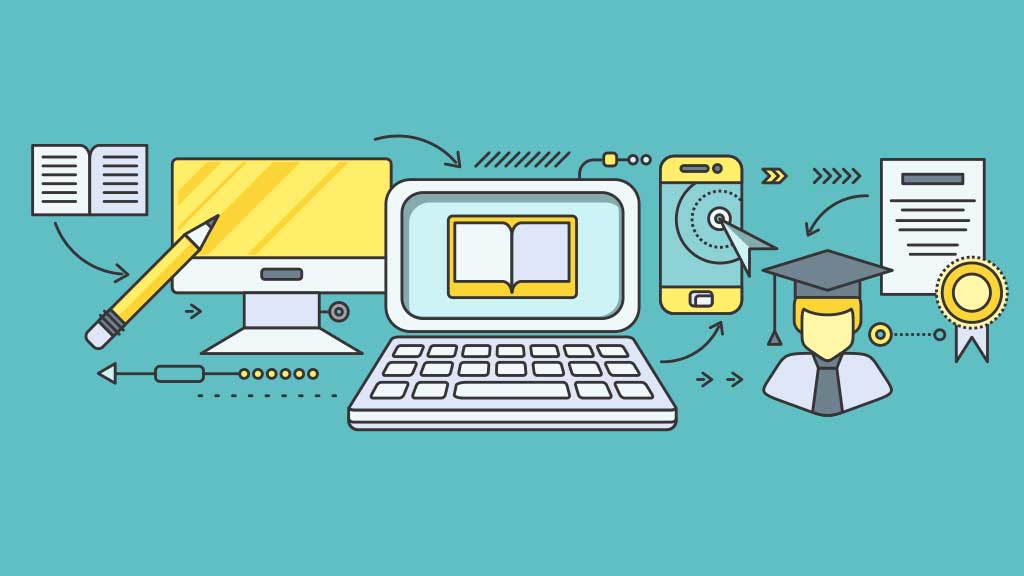Over the years, the educational sector has seen a technological revolution, completely changing teaching and learning styles. Laptops, tablets, and cell phones are now commonplace in the classroom.
They are used for various purposes, such as note-taking and 3D simulations, to enhance learning and teaching.
Despite the explosion of technology adoption in the educational sector, examinations remain essential for assessing students’ academic abilities and identifying lagging areas.
Technology-enhance assessment
Assessment informs decisions about grades, student placement, advancement opportunities, instructional needs, curriculum development, and, in some cases, funding allocation.
Technology-enhanced assessment (TSA) leverages the power of technology to support the management and delivery of assessment. It offers different medium options for students and teachers to choose the one they are most comfortable with.
TSA also allows the presentation of questions in different formats so students can interact with questions and get prompt feedback and result reporting.
Types of assessments
Generally, there are three types of assessments used in the educational sector. Teachers use them to gather data about their teaching and students’ learning progress.
Diagnostic
Diagnostic assessments typically precede the normal class. It is usually used to assess a learner’s current knowledge base, views, skill sets, and capabilities on the topic to be studied in the course.
It can help clarify misconceptions before the teaching takes place. Knowing the students’ weaknesses and strengths aids the instructor in choosing the best approach to teach the class.
Diagnostic assessments are presented in multiple-choice or short-answer format.
Formative
Formative assessment is used to track the learning progress of students. It is conducted while learning is still on.
It helps identify misconceptions, struggles, and learning gaps during learning.
This type of assessment can provide valuable feedback an instructor can use to improve their teaching and invariably improve students learning.
The assessment can be a quiz, conversation, or reflection writing assignment.
Summative
Summative assessments are conducted at the end of learning. They are used to evaluate students learning, knowledge, and proficiency at the end of the teaching.
Typically, by the time the assessment is conducted, there will be no formal learning taking place, except for maybe completion of projects and assignments.
Summative assessments, such as midterm exams, are often heavily weighted. The grade is compared against some standard or benchmark usually approved by the state’s educational board.
Combining formative and summative assessments
It is possible to combine formative and summative assessments. Teachers can create a powerful feedback loop that fuels student growth by strategically blending formative and summative assessments.
A typical example is through-year assessment, combining formative and summative assessments into a cohesive testing system.
It is now widely adopted by many states, such as Florida, Georgia, Louisiana, North Carolina, and Texas.
The Texas Through-year Assessment Pilot is scheduled to be taken in fall, winter, and spring to provide students multiple opportunities to show what they know throughout the school year in smaller assessments, which counts towards their final score.
Over half of teachers in Louisiana, where through-year assessment usage has been backed by law, reported better measurement of student performance.
Evolution of technology-enhance assessments
The evolution of technology-enhanced assessments is broadly divided into three;
Stage 1
This stage refers to the era when technology only enhanced assessments by offering traditional tests in a different medium.
The technology helped students answer test questions by clicking choice answers as in multiple questions or typing responses to questions using a keyboard or tablet.
Stage 2
The second stage of technology took assessments a step further by not solely allowing them to be offered in a different medium but also in multiple formats. Some of such formats include video, 3D, and virtual simulation.
They allow assessments to be conducted in an authentic environment, allowing students to apply their knowledge in real-life scenarios.
Stage 3
The third stage of evolution seeks to personalize assessments based on data informed by the learner’s model. The data are gathered using machine learning and artificial intelligence technology.
The learner or student model helps identify students’ strengths and weaknesses to decide the best assessment design, content, and format. Based on interaction with the system during learning, the technology can compute topics the students have mastered and, based on the teacher’s instruction, might test them based on their strengths or weaknesses.
How to seamlessly deploy technology-enhanced assessments
Three stages are essential when deploying TEA;
- Readiness
Your organization or school should assess its staff, resources, and needs before deploying TEA. - Application
It is vital to ensure that the deployed technology improves assessment and not replace it. Teachers’ and students’ engagement should focus on the assessment, not the technology. - Evaluation/Dissemination
Periodic feedback from tool users is vital to enhance the assessment’s design, scheduling, and delivery. The impact should also be tracked, and results disseminated to relevant authorities.
For the application, experts recommend five key foci:
- Advancing authenticity of assessment
- Engaging learners with assessment
- Enhancing design and scheduling
- Optimizing assessment delivery and recording learner achievement
- Tracking learner progress and faculty activity


